Idea by
Jaime Patarroyo, Mark-Henry Decrausaz & Romea Muryń
Call for ideas 2018
1 to 1 Dialogue
1 to 1 Dialogue
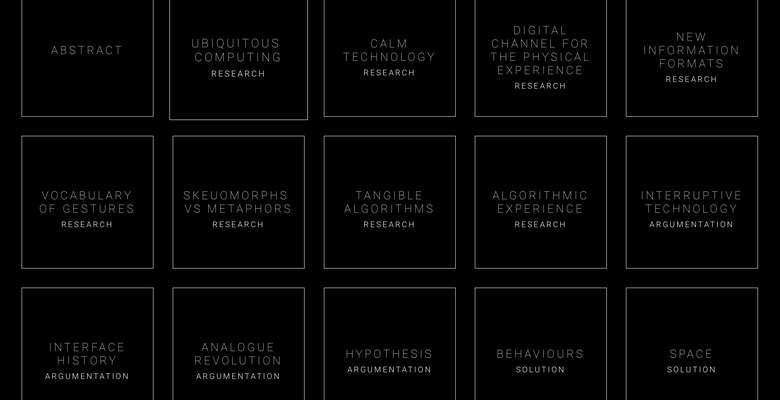
Why is it that we always turn to apps and personal devices to solve our problems, does there really need to be a screen-based solution for everything? Why is it we allow notifications, interruption and the demand of our attention to permeate many facets of our everyday lives and urban routines? The current technical status quo sets the informational device, such as a smartphone or computer, as the key channel of communication. This project argues that there will soon emerge a new kind of interaction based on two trends: the interaction surfaces we use today will expand to include the micro scale of embedded technology - sensors and microcontrollers. At the same time, the vast concentration of sensors will form the macro scale of ubiquitous sensor spaces – whole cities and territories. 1 to 1 dialogue proposes a new system and methodology to capture behaviours, design new experiences and provide specific information to space about how to transform and change.
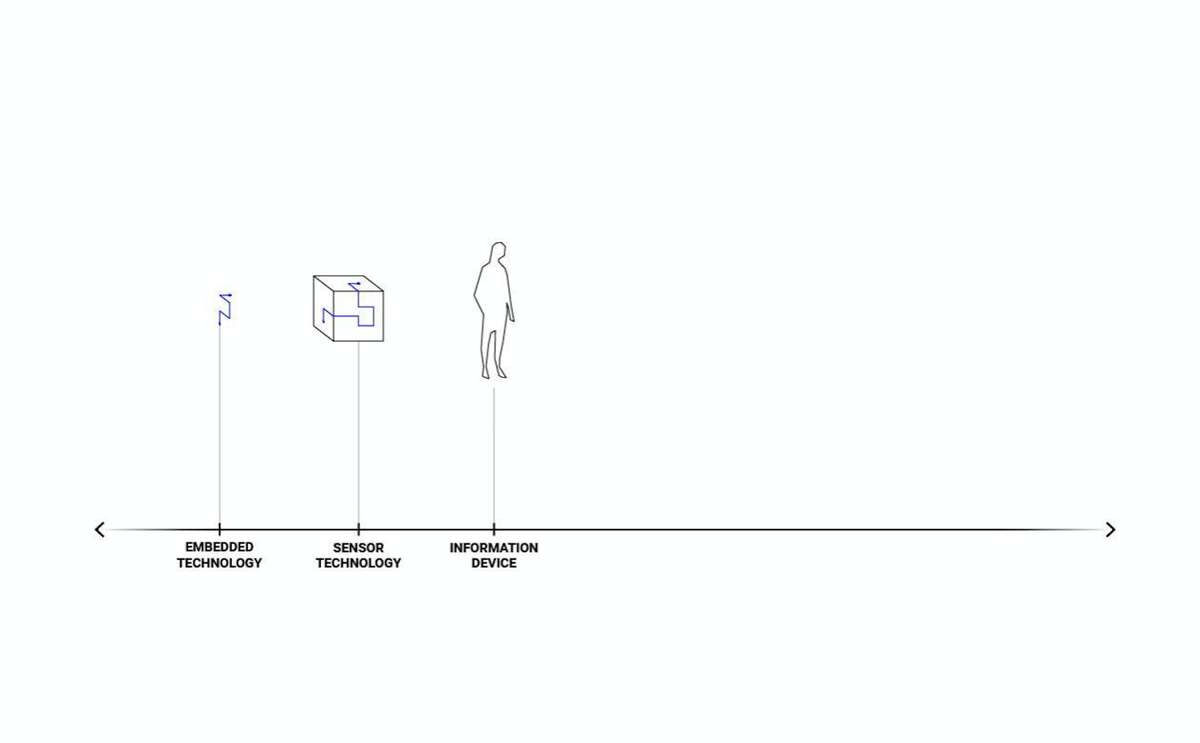
The current status quo prioritizes the informational device as the preferred channel of communication and/or tool for services. These are most commonly at the scale of the person such as a phones, tablets or laptops. But this generic device exists as a point on a scale of technology.
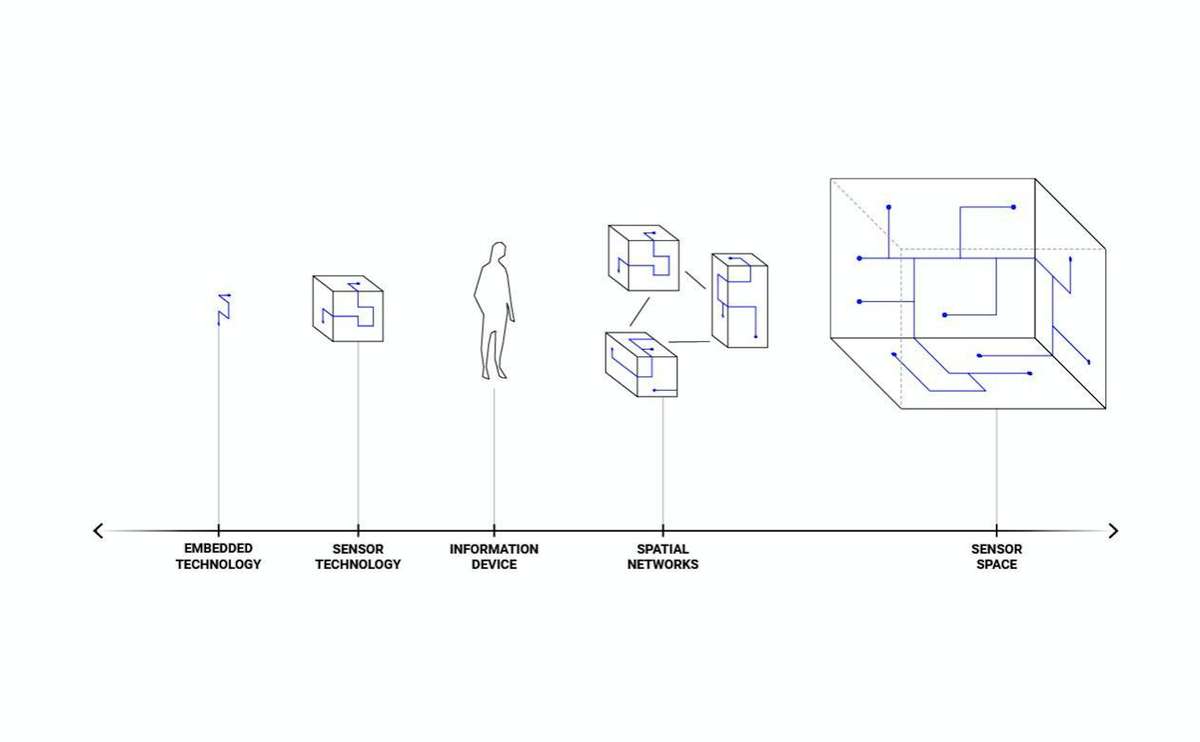
Collections of sensors form spatial networks increase the complexity and capacity of sensors to stop simply sensing people, but really seeing them and being able to read them. They are blended into our environments they become ubiquitous sensor spaces, able to not just capture and process information but also respond to us.
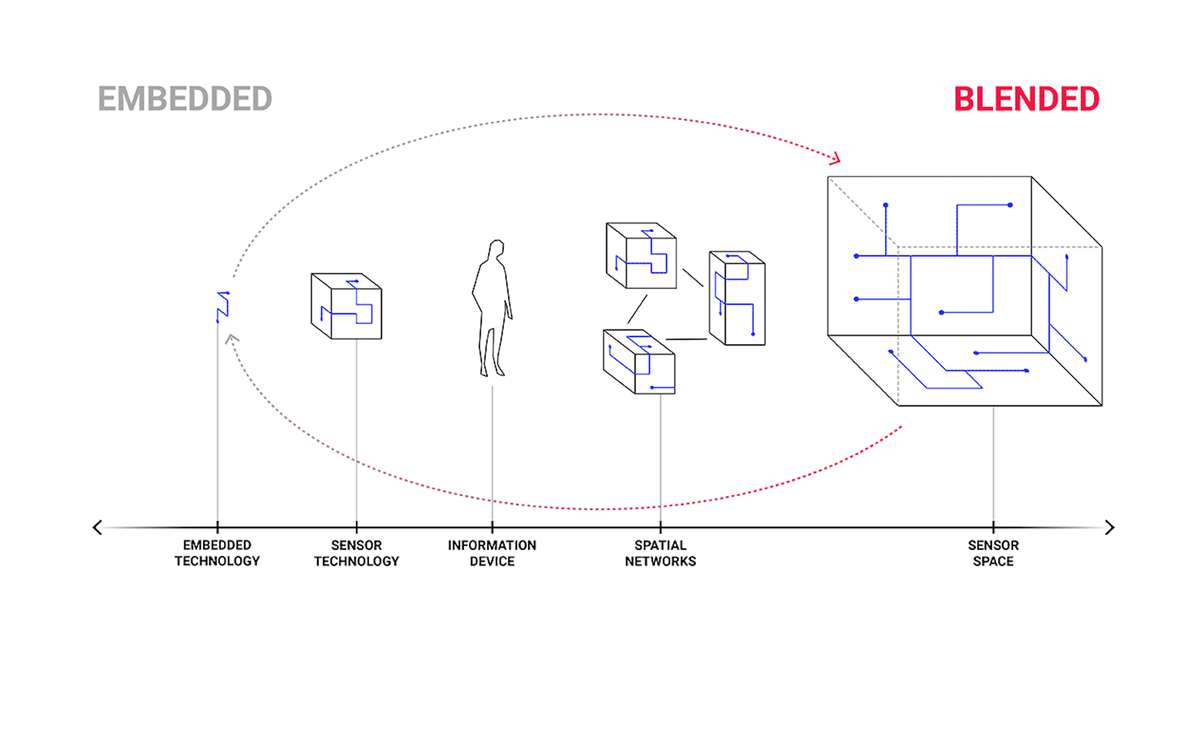
We are particularly interested in how the embedded scale can communicate with the blended scale and how over time this dialogue that can be an exchange not only of data but also of meaning. By migrating interactions from focus-centred to the periphery we explored the potential of latency of feedback or how the subject of an interaction may not be the beneficiary of captured information.
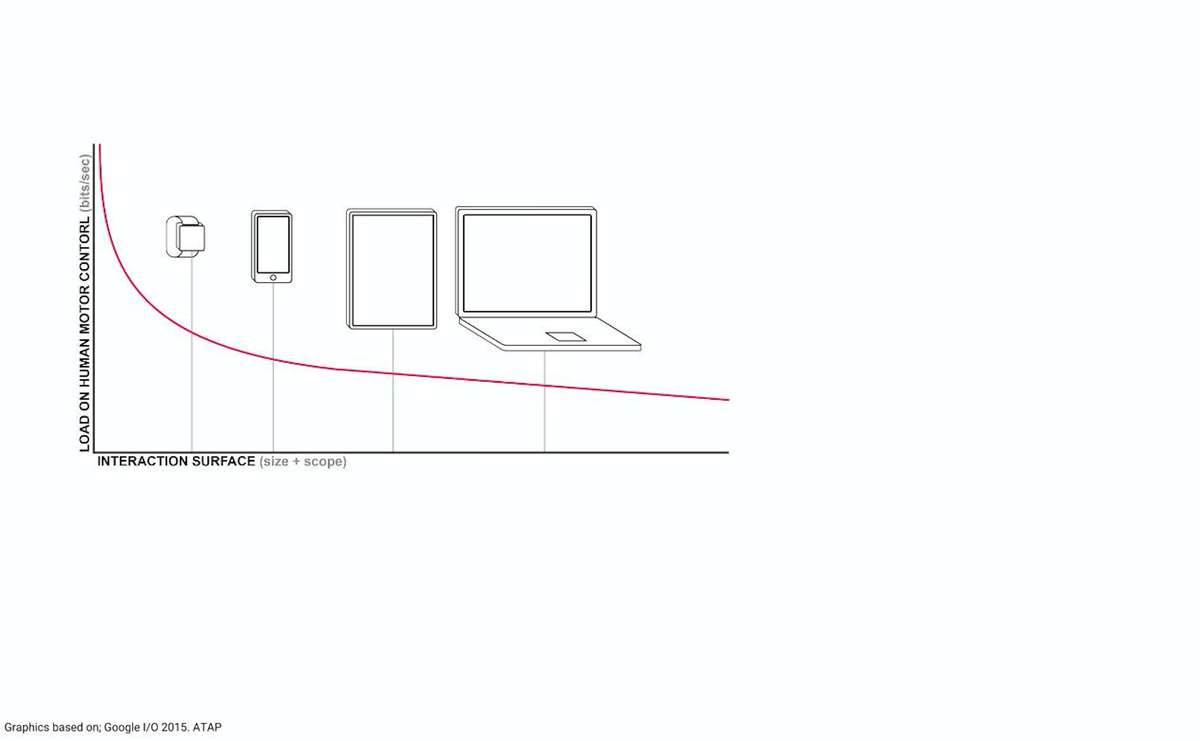
As interactions surface shrinks, so too does our ability of effectively interact with them. The smaller the screen, the more load is applied on our motor control, leading to unneeded stress, anxiety and frustration.
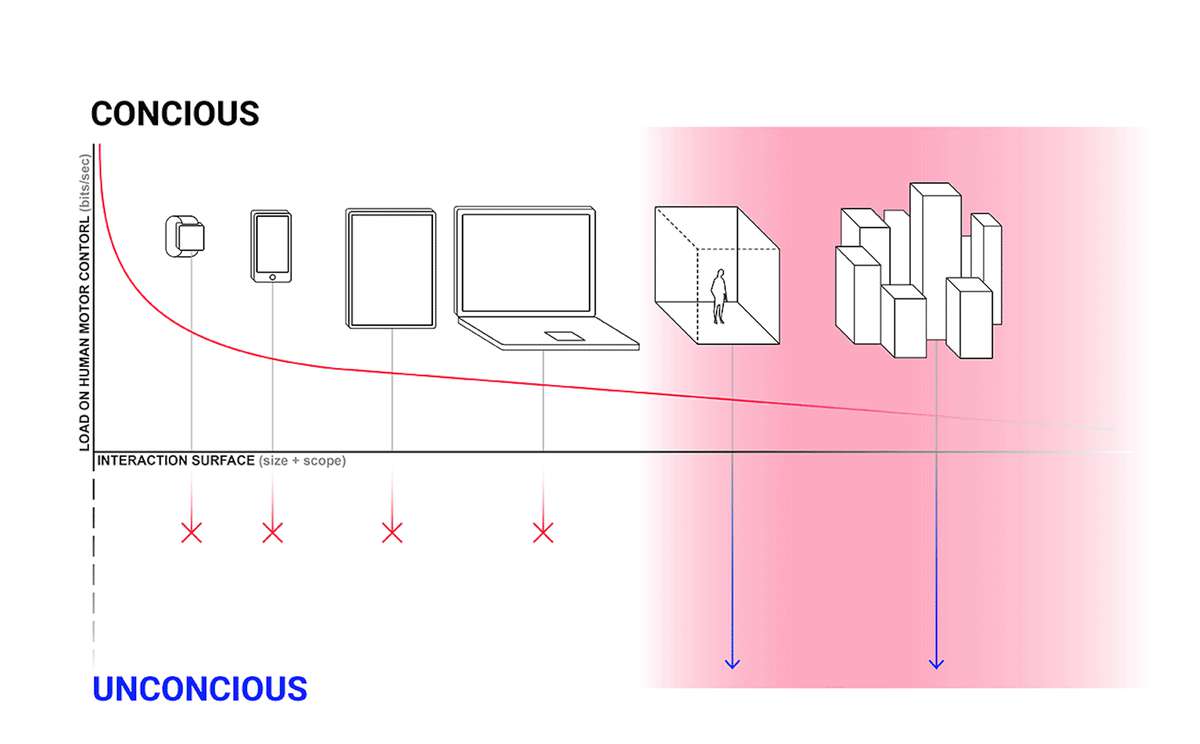
The interaction surfaces we use could be expanded to include space and the city scape. As spaces, architectural and urbanistic are woven into the fabric of our everyday routines and behaviour, they present an opportunity to perform computational tasks ambiently and expand our unconsciousness. All spaces have their own shared or native behaviours. These are the vocabulary and language we physically employ in our everyday lives; gestures, pathfinding, interactions between people.
1 to 1 Dialogue
1 to 1 Dialogue

Why is it that we always turn to apps and personal devices to solve our problems, does there really need to be a screen-based solution for everything? Why is it we allow notifications, interruption and the demand of our attention to permeate many facets of our everyday lives and urban routines? The current technical status quo sets the informational device, such as a smartphone or computer, as the key channel of communication. This project argues that there will soon emerge a new kind of interaction based on two trends: the interaction surfaces we use today will expand to include the micro scale of embedded technology - sensors and microcontrollers. At the same time, the vast concentration of sensors will form the macro scale of ubiquitous sensor spaces – whole cities and territories. 1 to 1 dialogue proposes a new system and methodology to capture behaviours, design new experiences and provide specific information to space about how to transform and change.
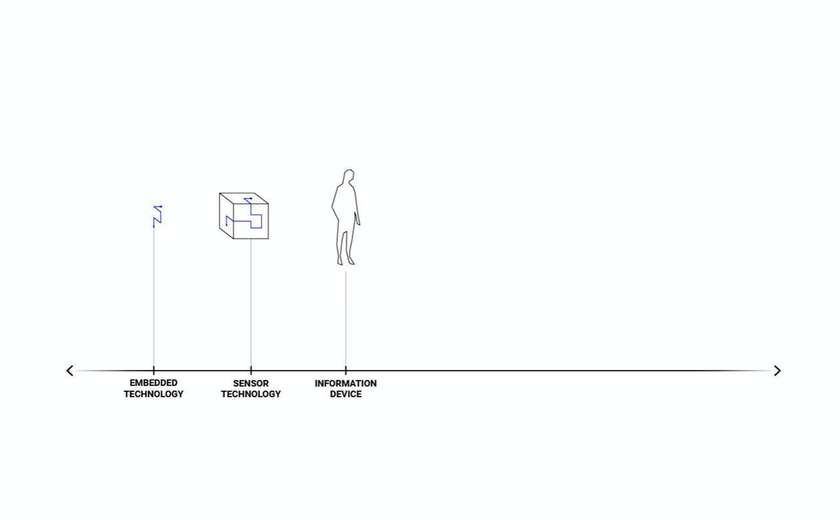
The current status quo prioritizes the informational device as the preferred channel of communication and/or tool for services. These are most commonly at the scale of the person such as a phones, tablets or laptops. But this generic device exists as a point on a scale of technology.

Collections of sensors form spatial networks increase the complexity and capacity of sensors to stop simply sensing people, but really seeing them and being able to read them. They are blended into our environments they become ubiquitous sensor spaces, able to not just capture and process information but also respond to us.
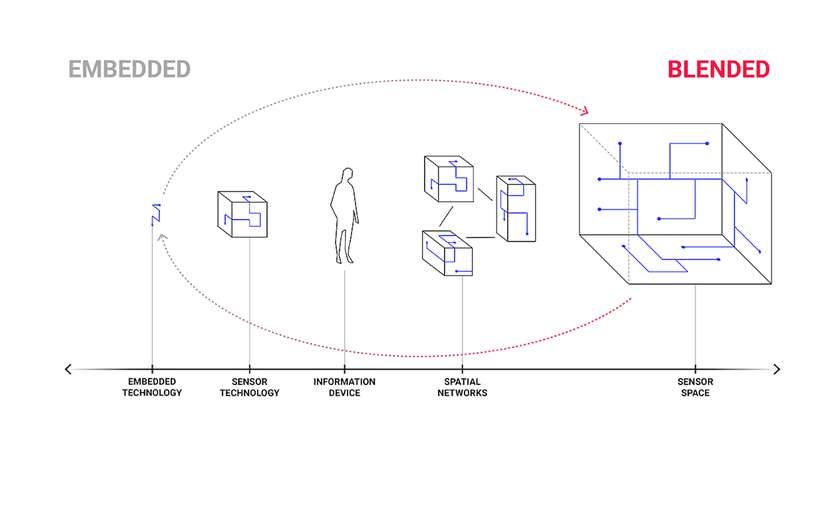
We are particularly interested in how the embedded scale can communicate with the blended scale and how over time this dialogue that can be an exchange not only of data but also of meaning. By migrating interactions from focus-centred to the periphery we explored the potential of latency of feedback or how the subject of an interaction may not be the beneficiary of captured information.
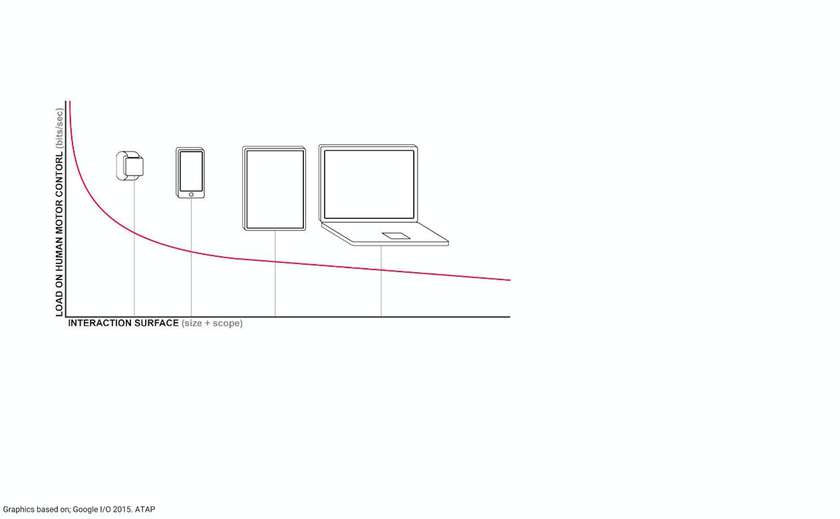
As interactions surface shrinks, so too does our ability of effectively interact with them. The smaller the screen, the more load is applied on our motor control, leading to unneeded stress, anxiety and frustration.
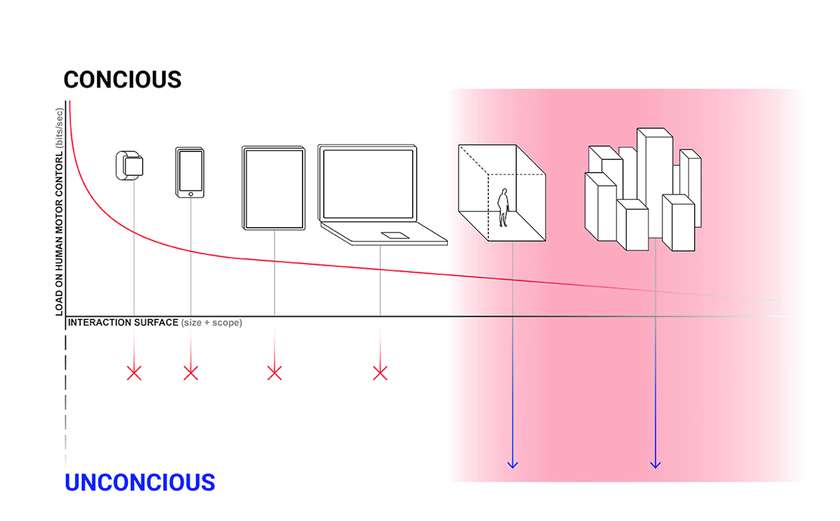
The interaction surfaces we use could be expanded to include space and the city scape. As spaces, architectural and urbanistic are woven into the fabric of our everyday routines and behaviour, they present an opportunity to perform computational tasks ambiently and expand our unconsciousness. All spaces have their own shared or native behaviours. These are the vocabulary and language we physically employ in our everyday lives; gestures, pathfinding, interactions between people.